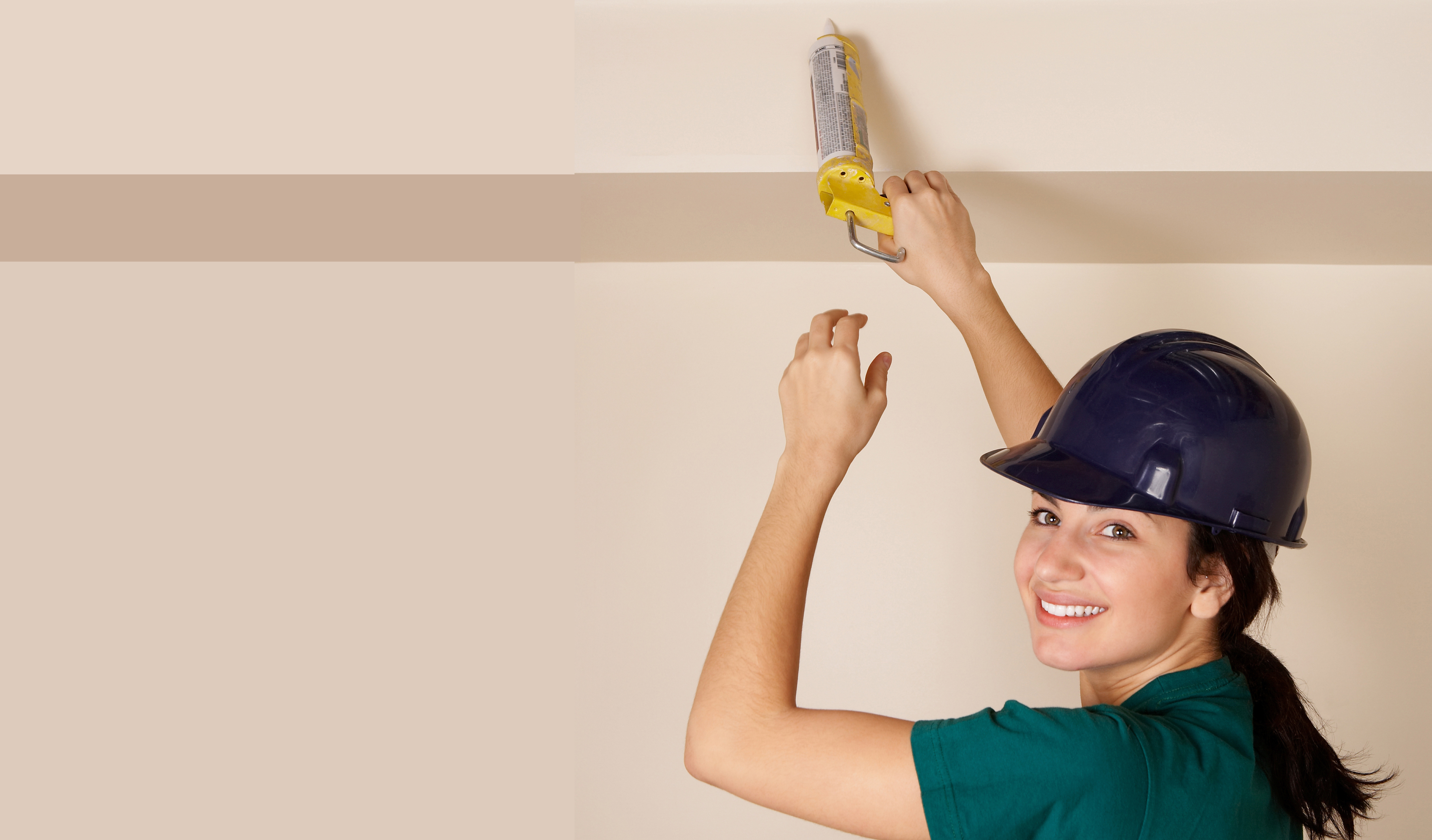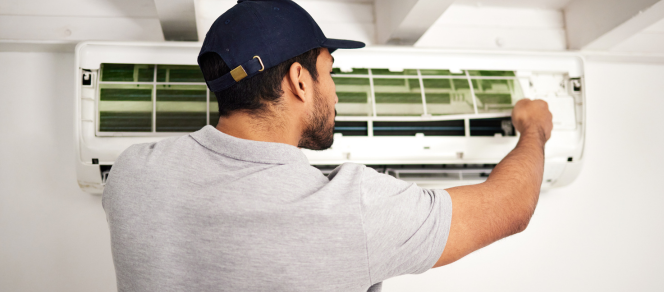Sustainable Homes: DIY Ways to Seal and Insulate Your Home

Sustainable homes are created by ensuring your home is well-sealed and insulated. This is one of the most effective ways to enhance energy efficiency, reduce costs, and maintain a healthy home. A properly sealed and insulated home keeps the outside air out and the inside air in, leading to better temperature control and lower energy bills. Additionally, it helps prevent common household issues like mold, pollen, and pests. Whether you’re interested in sustainable home improvement, energy-saving tips, or pest management, these strategies will help create a sustainable home while keeping it safe and comfortable year-round.
Sustainable Homes: Why Sealing and Insulating Matters
Sealing air leaks and improving home insulation reduces drafts, making your home more comfortable during extreme temperatures. It also cuts down on heating and cooling costs by ensuring that your home maintains its desired temperature. Effective air sealing measures can also prevent pests from entering your home by eliminating small gaps and cracks they use as entry points.
You can work with your local utility company to arrange a home assessment to determine the most energy-efficient upgrades for your home. In the meantime, here are some easy DIY tips on saving energy and preventing pests.
Energy-Saving and Insulation Tips for Sustainable Homes
1. Use Rope Caulk to Seal Air Leaks Around Windows
Windows are responsible for 25-30% of heat lost in a home. This can happen directly through the glass, but also through gaps around the windowsill and frame. Using rope caulk is a simple and cost-effective way to seal these gaps and enhance energy efficiency. It also helps prevent pests like spiders and ants from entering your home.
Key Takeaways:
- Windows are responsible for significant heat loss.
- Rope caulk is an inexpensive and easy way to seal windows.
2. Install Foam Tape to Seal Gaps Between Doors and Doorframes
Doors are another major source of heat loss. Sealing the gap between the door and doorframe with foam tape for insulation, also called weatherstripping, helps retain heat and enhance your home’s energy efficiency. Additionally, sealing these gaps can prevent rodents like rats and mice from squeezing through.
Key Takeaways:
- Doors contribute to heat loss and energy inefficiency.
- Foam tape is an affordable and effective sealing solution.
3. Seal and Insulate Your Attic Access Point
Heat rises, making attics one of the biggest sources of energy loss in a home. Insulating your attic is the best way to combat this, but if full insulation isn’t an option, you can still reduce heat loss by sealing the access point with air sealing bags or a DIY insulated cover.
Key Takeaways:
- Attics are a major source of energy loss.
- Using air sealing bags or insulated covers can reduce heat loss.
4. Seal Air Ducts to Prevent Energy Loss
Leaky air ducts can waste a significant amount of energy. Sealing them with foam tape seals or mastic sealant ensures your heating and cooling systems operate efficiently.
Key Takeaways:
- Seal air ducts to reduce energy waste.
- Prevent pests from using ducts as entryways into your home.
5. Install Electrical Socket Sealers
Walls are a major source of heat loss, and electrical sockets contribute to this problem. Using socket sealers made of insulating material can help prevent air leaks and improve energy efficiency.
Key Takeaways:
- Electrical sockets are overlooked sources of heat loss.
- Sealing them enhances energy efficiency.
6. Hang Thermal Curtains to Reduce Heat Loss
Thermal curtains are an easy and cost-effective way to prevent heat from escaping through windows. Since a significant amount of heating and cooling energy is lost through windows, these curtains can significantly reduce energy bills.
Key Takeaways:
- Thermal curtains improve insulation.
- They help maintain indoor temperature and reduce heating costs.
Pest Management: Keeping Your Home Rodent-Free
Having sustainable homes calls for proper insulation and air sealing not only make your home more energy-efficient but also prevent unwanted pests. Rats and mice can enter homes through the smallest gaps, and sealing these entry points is a key component of healthy homes pest control.
-
What Repels Rats and Mice?
- Aside from sealing gaps, using natural repellents like peppermint oil and ammonia can deter rodents. However, proper pest management starts with sealing entry points and eliminating food sources.
-
Seal Cracks and Holes
- Use rope, caulk and foam tape to seal small gaps.
- Use air sealing bags to block attic access points where rodents may enter.
-
Keep Your Home Clean and Clutter-Free
- Store food in sealed containers.
- Regularly dispose of garbage and clean kitchen areas.
By taking these steps, you not only improve energy efficiency but also create a healthier, pest-free home. Check out our Ten Steps for Better Pest Control blog for more thorough pest management tips.
Final Thoughts
Creating more sustainable homes mean making smart choices about air sealing, home insulation, and pest management. By using energy-efficient home tips like sealing air ducts, using foam tape, and installing thermal curtains, you can reduce energy costs and keep your home comfortable year-round.
If you want to make your home sustainable at home, consider scheduling an energy assessment and implementing these energy saving tips today!
Sources:
https://www.energy.gov/energysaver/air-sealing-your-home
http://energystar.gov/saveathome/seal_insulate/why-seal-and-insulate
https://www.epa.gov/indoor-air-quality-iaq/energy-weatherization-and-indoor-air-quality
https://www.energy.gov/energysaver/efficient-home-design
https://www.epa.gov/safepestcontrol/dos-and-donts-pest-control


